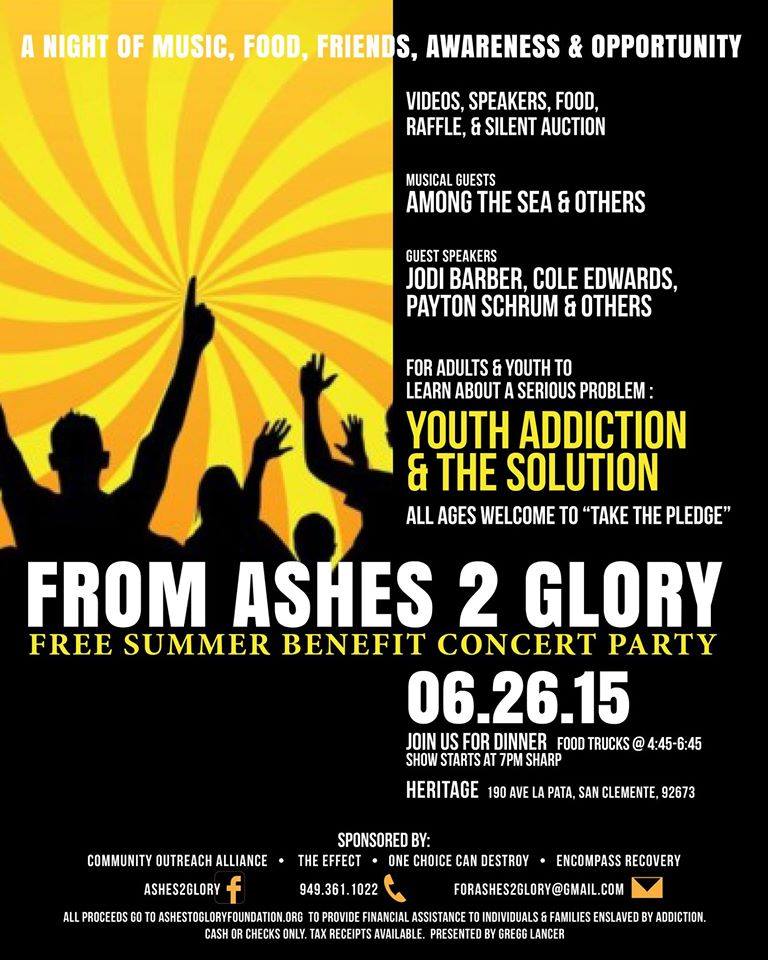Why Gaming? By Ryan Moore
While I was studying at the University of Colorado, Boulder, I noticed that during the spring, summer, and fall, people were always active, finding things to do such as going to a concert, lively party, rock climbing or bicycling through the Rocky Mountains. When the winter came, it got too cold outside. However, things changed entirely for the students with whom I interacted. If they were not interested in going to the mountains for snowboarding and skiing, had already gone to see the newest movie, there wasn’t much else to do after locking yourself inside your heated room. Nearly everyone chose to do one or more of the same three things: pick up a remote and watch T.V. or Netflix, pick up a controller or keyboard and play video games, or pick up one of the plethora of recreational drugs and hope to pass the time in that way. I was of the mindset that TV was not enough engagement for me, and I cared about the health of my body and mind too much to get involved with drugs, I naturally gravitated towards video games. My friends and I could watch T.V. and play games for hours without end, but eventually, some of them grew bored and began ‘experimenting’.
When I returned to my hometown in South Orange County, I found myself with even fewer activities of which to make use, and I noticed a huge parallel between San Clemente and the wintertime in Boulder. Yes, the local high school puts on some great events for the kids, but if you’re not active with your school’s community, or if you’ve graduated and are no longer eligible to participate in the schools events, you’ll quickly run out of new things to do, aside from going to the beach..
What are kids to do if they grow up in a town centered on beach life, but have no interest in surfing or sunbathing? Often, the answer people come up with is “nothing”, and unfortunately, this is the exact situation that I grew up in.
 Fortunately, I also grew up right at the time when the technology involved in video games, and gaming as a whole, was in a drastic transition. Previously, the only things I was involved with in videogames were the screen, console, and controller. The only way that l could make playing a game social was to invite a friend over to be Player 2 and race them in Mario Kart. Today, instead of gathering in the same room to play the same game on a single screen, we can now do it from our living room, office, or bedroom—but still stay connected. In-game voice chat, forums, message boards, or conference calls on third-party software had been created to allow us to communicate and work together towards the common goals and objectives that the games had set out for us, and the online communities, many of which I have been involved in, have begun taking a more social aspect. As great as this is, for me, nothing beats the joys that come with gathering together in the same room to play, laugh, and compete with the faces that are tied to the minds of those you interact and connect with while at school, work, or online. I find that I can experience these things in nearly any environment—while playing ice hockey at a not-so-local rink, skateboarding through one of our parks, or playing soccer on our fields. Unfortunately, to participate in these activities, and many others like them, all require having the right equipment, the friends with similar interests, and some level of physical prowess. Luckily, video games level that playing field.
Fortunately, I also grew up right at the time when the technology involved in video games, and gaming as a whole, was in a drastic transition. Previously, the only things I was involved with in videogames were the screen, console, and controller. The only way that l could make playing a game social was to invite a friend over to be Player 2 and race them in Mario Kart. Today, instead of gathering in the same room to play the same game on a single screen, we can now do it from our living room, office, or bedroom—but still stay connected. In-game voice chat, forums, message boards, or conference calls on third-party software had been created to allow us to communicate and work together towards the common goals and objectives that the games had set out for us, and the online communities, many of which I have been involved in, have begun taking a more social aspect. As great as this is, for me, nothing beats the joys that come with gathering together in the same room to play, laugh, and compete with the faces that are tied to the minds of those you interact and connect with while at school, work, or online. I find that I can experience these things in nearly any environment—while playing ice hockey at a not-so-local rink, skateboarding through one of our parks, or playing soccer on our fields. Unfortunately, to participate in these activities, and many others like them, all require having the right equipment, the friends with similar interests, and some level of physical prowess. Luckily, video games level that playing field.
In Colorado, California, and elsewhere, so-called ‘recreational’ drugs are pushed as a positive thing to do as a ‘release’ or ‘escape’. These words are exactly the type of ideas that middle school-, high school-, and college-age students identify with very heavily, and if they are left with too few options to enjoy their free time, they are bound to look for something different. Unfortunately, the accessibility of the personality-killing substances is too high in nearly every community, and may never fully die off. The best way we can fight this isn’t just with anti-drug abuse parades, posters, and propaganda, but by also showing them other ways to gather, have fun, and find new ways to enjoy their daily lives, and this is what I hope to do with Gaming Nights–to give them a real safe activity.
What is Gaming Nights?

Our local community has been lacking in activities for youth to participate in and spend their time. Our goal for COA’s Gamerz 4 the Cure is to provide safe location, and equipment for the youth to find better ways to spend their free time; to keep the youth of our community from losing themselves to drugs and to show the world that video games aren’t the meaningless and worthless things they thought they were. Currently, we meet monthly at The Venue to sit side-by-side and play both recreational and competitive games. If you come to one of our events, you find a lively environment with teenage through college age kids gathering for activities centered on building friendships, playing games, getting out, hanging out, enjoying pizza, competing, and just plain having fun!
Shout out to our newest sponsor ~






